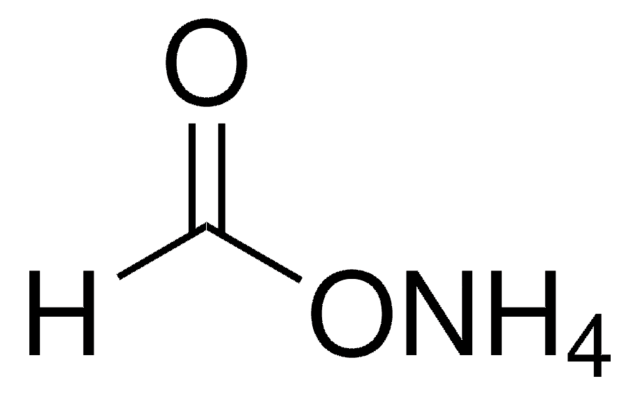23307-U
SPB®-5 Capillary GC Column
L × I.D. 50 m × 0.32 mm, df 5.00 μm
Synonym(s):
GC column, SPB-5, 5% diphenyl
Sign Into View Organizational & Contract Pricing
All Photos(1)
About This Item
UNSPSC Code:
12000000
eCl@ss:
32119290
NACRES:
SB.54
Recommended Products
material
fused silica
Quality Level
Agency
meets requirements for USP G27 and G36
parameter
-60-300 °C temperature (isothermal or programmed)
Beta value
16
df
5.00 μm
technique(s)
gas chromatography (GC): suitable
L × I.D.
50 m × 0.32 mm
matrix active group
Bonded; poly(5% diphenyl/95% dimethyl siloxane) phase
column type
capillary non-polar
Looking for similar products? Visit Product Comparison Guide
Related Categories
General description
Application: This non-polar general purpose column provides primarily a boiling point elution order with a slight increase in selectivity, especially for aromatic compounds.
USP Code: This column meets USP G27 and G36 requirements.
Phase:
USP Code: This column meets USP G27 and G36 requirements.
Phase:
- Bonded
- Poly(5% diphenyl/95% dimethyl siloxane)
- ≤0.32 mm I.D., <2 μm: -60 °C to 320 °C (isothermal or programmed)
- ≤0.32 mm I.D., ≥2 μm: -60 °C to 300 °C (isothermal or programmed)
- ≥0.53 mm I.D., <2 μm: -60 °C to 300 °C (isothermal) or 320 °C (programmed)
- ≥0.53 mm I.D., ≥2 μm: -60 °C to 260 °C (isothermal) or 280 °C (programmed)
Application
SPB®-5 capillary GC column was suitable to investigate high recoveries of polycyclic aromatic hydrocarbons (PAHs) during preparative capillary gas chromatography-mass spectrometry. It may also be used for herbicide determination using In-tube Solid-phase microextraction (SPME).
Other Notes
We offer a variety of chromatography accessories including analytical syringes
Legal Information
SPB is a registered trademark of Merck KGaA, Darmstadt, Germany
Choose from one of the most recent versions:
Already Own This Product?
Find documentation for the products that you have recently purchased in the Document Library.
Manolis Mandalakis et al.
Journal of chromatography. A, 996(1-2), 163-172 (2003-07-02)
Operation parameters of a preparative capillary gas chromatography (pcGC) system were optimized to facilitate clean and efficient harvesting of individual polycyclic aromatic hydrocarbons (PAHs) for subsequent compound-specific radiocarbon analysis. For PAHs, the recommended optimized settings of the specially-designed pcGC cooled
L J Krutz et al.
Journal of chromatography. A, 999(1-2), 103-121 (2003-07-30)
Liquid-liquid extraction or solid-phase extraction followed by gas chromatography (GC) or high-performance liquid chromatography are traditional herbicide residue determination methods for environmental samples. Solid-phase microextraction (SPME) is a solventless, fast, and sensitive alternative herbicide residue extraction method that can be
O Suzuki et al.
Forensic science international, 46(3), 169-180 (1990-07-01)
Positive-ion electron impact (PIEI), positive-ion chemical ionization (PICI) and negative-ion chemical ionization (NICI) mass spectra of 9 carbamate pesticides are presented. In the PIEI mode, the spectra showed small molecular peaks, intense or base peaks due to M - CH3NHCO
Luisito Cercaci et al.
Journal of chromatography. A, 985(1-2), 211-220 (2003-02-13)
The sterol composition of extra virgin olive oil is very characteristic and, thus, has become a helpful tool to detect adulterations with other vegetable oils. Special attention has been addressed to the separate determination of the free and esterified sterol
J M Jurado et al.
Talanta, 106, 14-19 (2013-04-20)
4-Methylsterols and 4,4-dimethylsterols of 47 samples of subcutaneous fat from Iberian pigs reared on two different fattening systems, "Extensive" and "Intensive", have been analyzed by GC-MS and GC-FID. The lipids were extracted by melting the subcutaneous fat in a microwave
Our team of scientists has experience in all areas of research including Life Science, Material Science, Chemical Synthesis, Chromatography, Analytical and many others.
Contact Technical Service






